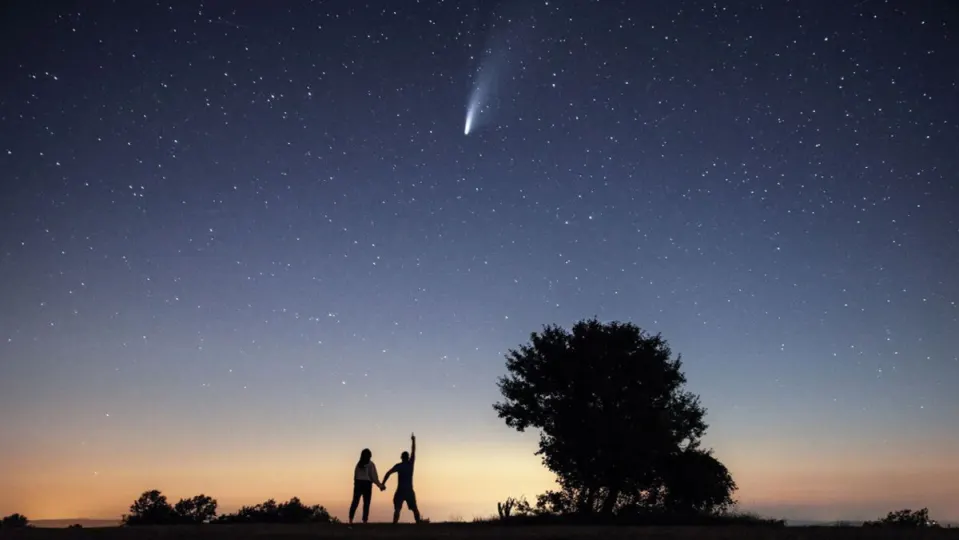It seems like only yesterday that comet C/2022 E3 (ZTF), also called the “green comet” because of the particular greenish halo it emits, passed “grazing” our planet at almost 42 million kilometers from our atmosphere, allowing us to see it with our own eyes in different regions of the Earth.
Although we will not see it again for many (many) years, it is important to remember that it is not the only comet that “surrounds” us, and that there are so many that many are not discovered until they are very close (relatively) to us. And this has been precisely the case of a new comet that was not contemplated in the astronomical calendar of 2023, and that will visit us in a short time.

As reported by Star Walk, comet C/2023 A3 (Tsuchinshan-ATLAS) was discovered in January and February by two different telescopes: the ATLAS telescope in South Africa and the telescope at the Purple Mountain Observatory (Zijinshan Astronomical Observatory), receiving its name from both (at first, it was temporarily referred to as “A10SVYR”).
Although it is still far from us, it is already relatively close to the Solar System, only 7.3 AU from the Sun. According to the Minor Planet Center, between October 5 and October 7, 2024, C/2023 A3 (Tsuchinshan-ATLAS) will reach a maximum brightness of 0.3 magnitude. That is, it will have a visibility higher than that of comet NEOWISE (C/2020 F3), 0.9, and much, much higher than that of our beloved green comet, 5.3.
When will we be able to see comet C/2023 A3 (Tsuchinshan-ATLAS)?
Although the comet can already be observed in the second half of the night, in the constellation of Serpens, for the moment it is necessary to use telescopes in areas with low light pollution. Between 2023 and 2024, it will be moving and its visibility will change depending on its position.
Comet C/2023 A3 (Tsuchinshan-ATLAS) will be visible to the naked eye in mid-October 2024, when it will be especially visible in the northern hemisphere. Its brightness is unknown at this time, although a magnitude between 0 and 1 is expected. After approaching the Sun on October 10, it will pass close to the Earth on October 13, at 0.48 AU. Its brightness will fade rapidly, and by mid-November it will only be visible through binoculars and telescopes.


